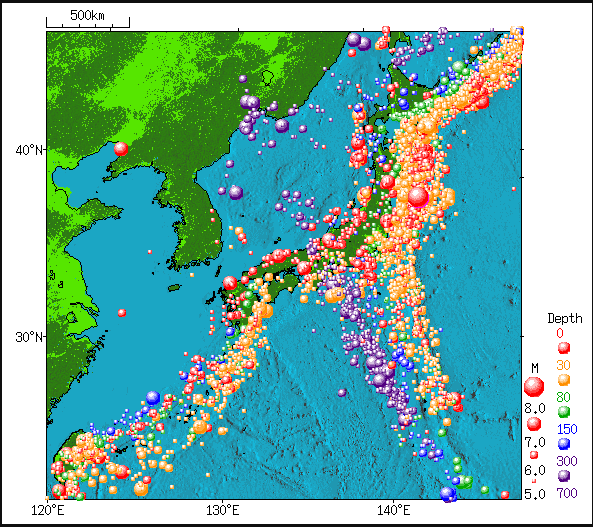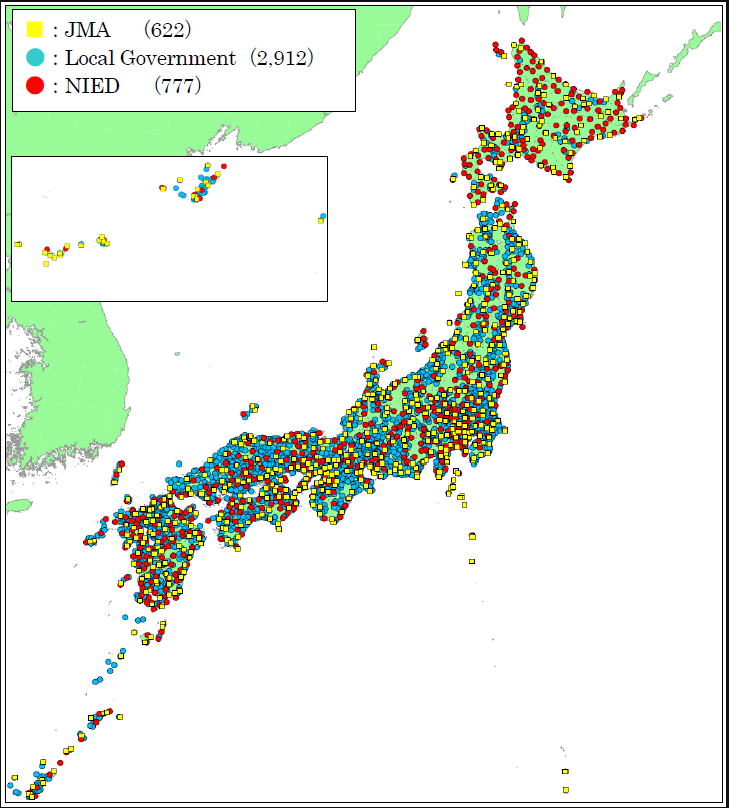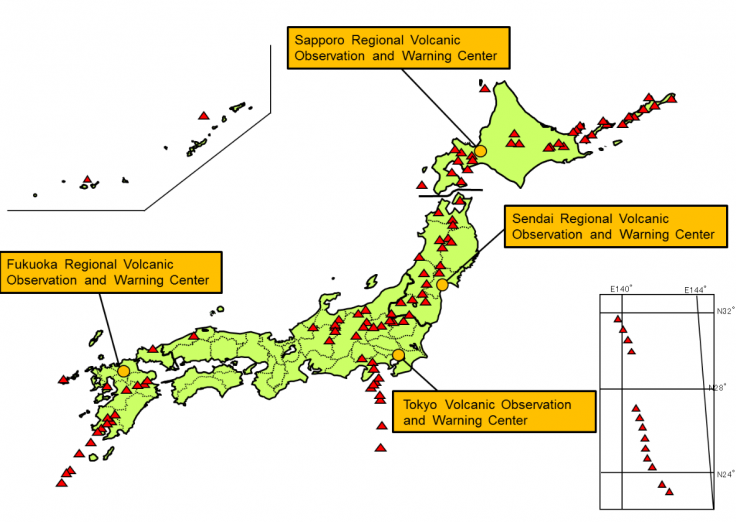
Japan has been warned of a mega earthquake that might end up triggering a massive tsunami in the next three decades. The earthquake might be greater than the 9.1 magnitude quake of 2011 which left the Fukushima nuclear power reactor completely devastated.
Over the course of history, Japan has witnessed some serious share of earthquakes rummaging the whole infrastructure and economy. The question is, why does Japan witness earthquakes periodically?
The Pacific Ring of Fire is a string of volcanoes as well as sites of seismic activity or earthquake around the boundaries of the Pacific Ocean. Nearly 75 percent of the active volcanoes on Earth are situated on the Pacific Ring of Fire and nearly 90 percent of the major earthquakes occur in and around this zone.
Japan's location is to be blamed for the periodic earthquake attacks. Japan is situated on the western edge of the Ring of Fire which happens to be the most active seismic and volcanic zone in the world due to which Japan is often affected by earthquakes and volcanic activities.
Japan sits atop a series of complex tectonic plates that triggers deadly earthquakes. The 2011 earthquake released a pent-up energy stored for hundreds of years within the subduction zone which in turn triggered the tsunami.

The Ring of Fire doesn't have a circular shape but is actually a 40,000 kilometre stretch in the shape of a horseshoe. Within the Ring of Fire tectonic plates such as the Pacific Plate and the Philippine Sea plate collide. The 452 volcanoes stretch from the southern tip of South America to the coast of North America and across the Bering Strait, down through Japan and then finally into New Zealand. The Ring closes with some dormant volcanoes in Antarctica.
Most of the active volcanoes lie on the western edge of the Ring of Fire from the Kamchatka Peninsula in Russia, through the islands of Japan and Southeast Asia, to New Zealand.

Mount Fuji in Japan is an active volcano in the Ring of Fire and sits at a triple junction where three tectonic plates meet. Krakatau in Indonesia, Mount Ruapehu in New Zealand, the Aleutian Islands, Mount St. Helens in the Cascade Mountains in the western US, the Trans-Mexican Volcanic Belt and the Andes Mountains are in the list of active volcanoes.









